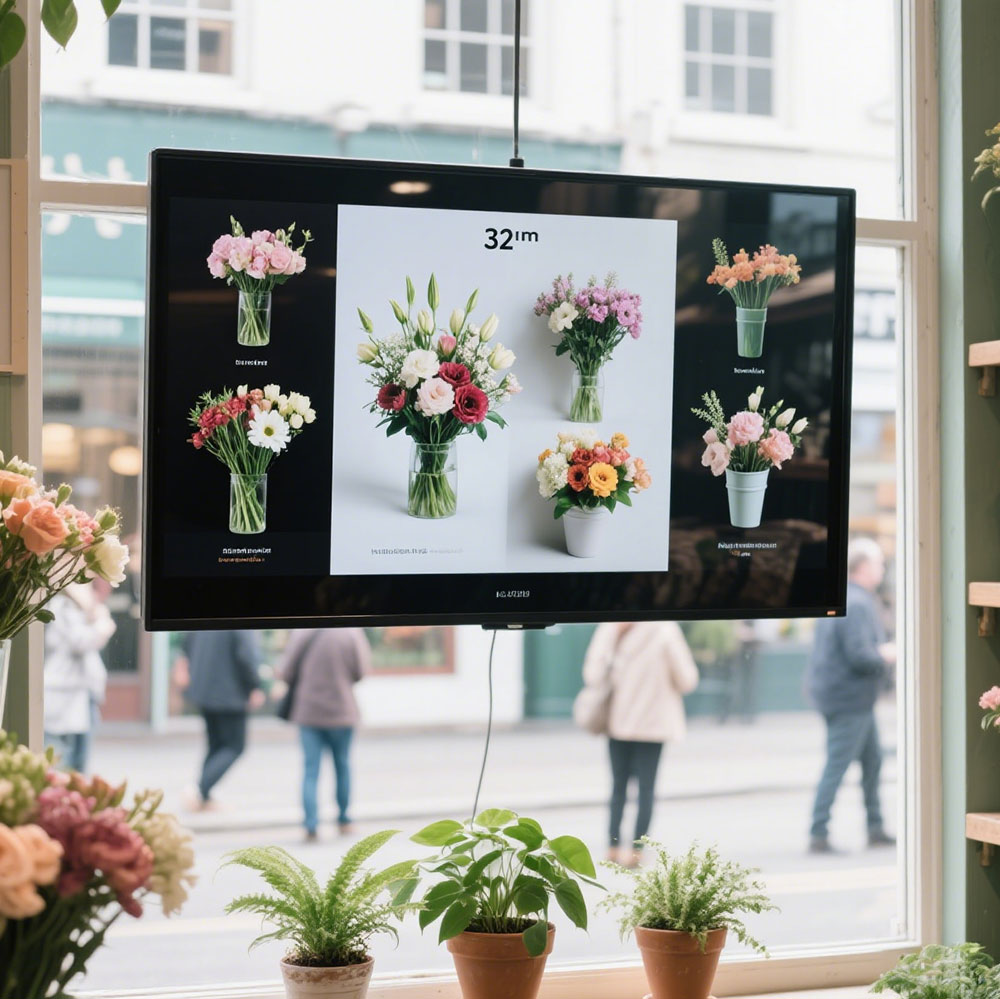When selecting an outdoor LCD screen for commercial, industrial, or public use, it’s essential to prioritize both visibility in varying lighting conditions and long-term durability against environmental stressors. These screens are not just displays—they are critical communication tools that must function reliably under direct sunlight, rain, extreme temperatures, and physical wear.
Brightness and Contrast Ratio for Daylight Readability

Outdoor LCDs must achieve a minimum brightness of 5,000 nits to remain legible in direct sunlight—a standard backed by industry guidelines such as those from the Society of Information Display (SID). Higher-end models can exceed 7,000 nits, especially in applications like digital signage at airports or construction sites. A high contrast ratio—typically above 3,000:1—ensures sharp text and vibrant images even when ambient light fluctuates. Always verify manufacturer specifications rather than relying on marketing claims alone.
IP Rating and Environmental Resistance
An IP65 or higher rating is non-negotiable for outdoor use. This means the screen is dust-tight and protected against water jets from any direction. For marine environments or snow-prone regions, consider IP68 for full submersion resistance. In addition, look for screens with wide operating temperature ranges—from -20°C to +60°C—to ensure stable performance in both Arctic winters and desert summers.

LED Backlighting vs. LCD Technology

While traditional LCDs rely on CCFL backlights, modern outdoor displays use LED backlighting for superior energy efficiency and longevity. LEDs offer better color consistency over time and reduce the risk of backlight failure—a common issue in older units. For maximum uptime, choose screens using full-array LED backlighting with local dimming technology.
Mounting and Physical Protection
A robust mounting system—often made of powder-coated aluminum or stainless steel—is crucial to withstand wind loads and vandalism. Anti-glare coatings and tempered glass (with 3–5 mm thickness) protect against scratches and impact. Some manufacturers now integrate smart sensors that auto-adjust brightness based on ambient light, enhancing both visibility and power savings.
Case Study: Real-World Performance in Harsh Conditions
In a 2023 case study conducted by LG Electronics, outdoor LCDs installed at a coastal port in Norway operated continuously for over 18 months without display degradation despite salt exposure, heavy rain, and daily UV radiation. The key factors were an IP68 rating, sealed internal components, and a solar-powered brightness sensor that reduced energy consumption by 30%.
Ultimately, choosing the right outdoor LCD involves balancing technical specs with real-world testing. Work with suppliers who provide third-party certifications (such as UL, CE, or RoHS), and request demo units for field trials before committing to large-scale deployment.







